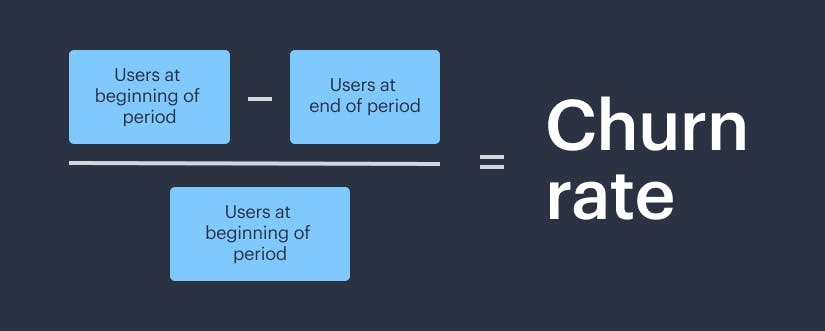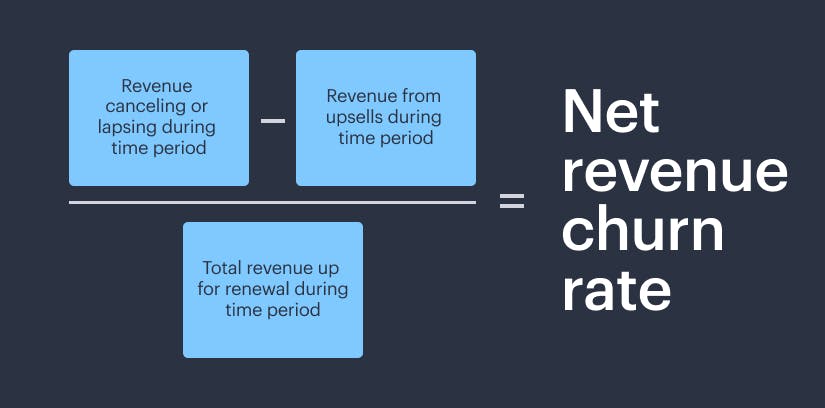Freemium is a popular choice for SaaS businesses for a number of reasons, but the main one is the ease of conversions once they’ve had a taste of what your business can do for them.
But you need to factor in far more than just your conversion rate to really judge whether a freemium model is the right one for your business.
Here, we will run through the key metrics you need to track through the whole conversion process, but first, let’s cover the basics:
What is freemium?
It’s a strong tactic because it gives businesses more opportunity to show how valuable their product is, without having to supply the same level of support and in-product education to those that pay.
What better way for your customers to learn (and come to love) your product than for them to have first-hand experience with it?
Freemium and product-led growth
Why? Because it lets the product do the talking.
Product-led growth (PLG) is the business method where customer acquisition, expansion, conversion, and retention are driven predominantly by the product itself.
The customer browsing, exploring, and using your product on their own accord actually takes on elements that would otherwise be covered by your sales, marketing and customer service team. On top of the fact that companies don’t typically throw in a high level of support to those on freemium, this relieves your team of some tasks.
Less time is taken up with educating users about the product itself or pushing demos, giving them more time to focus on other goals: listening to your users, optimizing your product for them, and retaining them as longtime customers.
The metrics you need to track to succeed with freemium
Are people using your product?
The essential metrics needed to identify your value are daily active users (DAU) and monthly active users (MAU).
What’s the most valuable part of your product?
The relevant metric here is key feature stickiness . By building on the most popular parts of your product, you can find what customers perceive to be its core - and find out what isn’t as essential to them as well.
How do I measure successful conversion?
Your conversion rate is the number of freemium users divided by the number that converted into active subscribers over a specific time period.
Tracking that conversion can be down to your sales team acknowledging that they have come through this funnel, but you also work it out numerically.
Example : if you had 20 customers start with freemium over a month but only 5 converted, your conversion rate would be 25% for that month.
Of course, it can get tricky given how accessible a freemium offering can be. There will be those that sign-up and never sign-in again - it’s down to you to make your product indispensable so they keep returning, and to identify hot leads through DAU and MAU and go after them.
What impacts conversion success?
Here are the three main factors that impact conversions:
1) Customer fatigue
Most average SaaS users “try out” 1-3 new services or applications a week, according to Iridize, so be aware that customers may be prone to experiencing a sense of fatigue.
Provide an energy and presence for your business to remind them you’re still there, and still offering a valuable service. You’ve got to grab their attention, keep them engaged, and stand out from the crowd.
2) Competition
Speaking of standing out from the crowd, you’ve got to be ahead of the game when it comes to your competitors.
To help make their decision to make the jump, you need to provide a service that becomes indispensable to them, with clear messaging about what they’ll get and how you’ll deliver, as well as best-in-class customer service.
3) Comms
And linking to both of these factors, your level of communication is vital to how your brand is presented and remembered, and ultimately your conversion rate.
Make it clear how your product can help them, with particular focus on the features offered in your paid for or premium tiers. This is your time to really shout about what your business can do.
It’s important to have a seamless upgrade experience when moving between the tiers too - as little disruption as possible is necessary to keep people positive, and to general customer experience and retention.
For more on delivering optimal value to your product, read our useful guide to value-based pricing and check out some of the examples of value-based pricing examples.
What happens after converting freemium to paid?
Churn is bound to happen, no matter how much you do as a business to avoid it entirely. But what is preventable is an unnecessarily high churn rate for your business.
You want to get to a stage of high retention and negative churn, and to do that you need to do the following:
- Allow room for the expansion of your product.
- Engage your sales team to focus on upselling and expansions.
- Stay on top of customers whose card details have expired/need updating.
Measuring retention
Customer churn is the rate at which your customers cancel their subscriptions, and shows how well you’re retaining customers. Here’s how to calculate customer churn:

Then, we’ve got revenue churn, also known as monthly recurring revenue (MRR). Revenue churn or MRR is the churn rate that focuses on the amount lost through churned customers and downgraded subscriptions. This metric is all about how good you are at retaining customer revenue.
Here’s how to calculate your monthly recurring revenue (MRR):

Measuring acquisition costs
Your customer acquisition cost is calculated by dividing the total costs spent on acquiring more customers through freemium by the number of customers that were acquired in the time you’ve been offering the freemium plan.
Let’s look at ProfitWell who’ve talked a lot about the effectiveness of freemium. They found that companies who use the model have 50% lower CAC with nearly double net promoter scores, gauging customer loyalty.
You want to keep your CAC as low as possible for a freemium tier as the growth should be driven organically through word-of-mouth or referrals. Your acquisition budget should primarily go towards paid plans.
Mixmax has advocated for $0 CAC, and have these top tips to offer:
- Have your customers openly talk about the value your product or service has brought them to other people who aren’t users.
- Have your customers show off your product, because it makes them look good.
- Give your customers rewards for sharing your product with a loyalty or referral scheme.
- Engage with your customers and listen to what they have to say, (hello testimonials!).
With these elements, your product can spread fast and reach a wider audience. Winner.
For more essential metrics that you should be tracking to drive business growth, check out our handy guide:
Are you tracking the right growth metrics?



